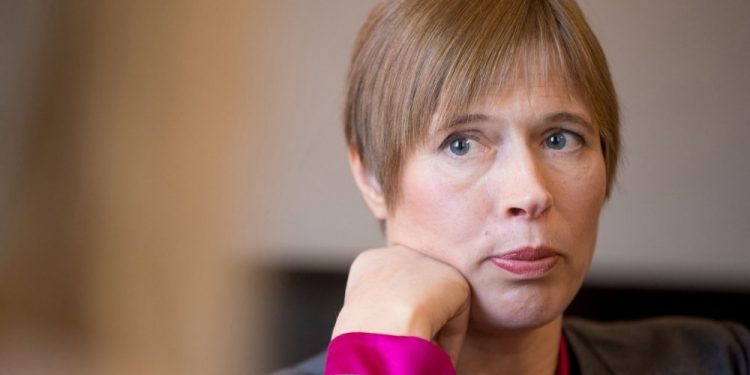Early statements from Estonia’s new government suggest a return to fiscal prudence once the coronavirus shock fades, following a more expansionary stance under the previous administration, Fitch Ratings says. The government has yet to detail its fiscal plans, and its near-term policy choices will reflect the course of the pandemic and its continuing economic impact.
The centre-right Reform Party (ER) and the centre-left Centre Party (KESK) agreed to form a coalition on 26 January following the collapse of the previous government over an investigation into alleged corruption. The new government will be led by ER’s Kaja Kallas, whose economically liberal party is the largest in parliament and was a member of Estonia’s coalition governments between 1999-2015.
KESK was part of the previous government, with the controversial right-wing, anti-immigration and eurosceptic Conservative People’s Party (EKRE) and the conservative Isamaa. Former Prime Minister Juri Ratas remains the leader of KESK but will not have a government role.
The policy agenda in the ER-KESK coalition agreement focuses on tackling the health crisis and strengthening economic prospects. As well as immediate priorities, such as the vaccination, the new government plans to modernise healthcare infrastructure, increase employment rates, boost R&D investment and meet EU targets on climate change.
The agreement applies from 2021 to 2023, when the next parliamentary elections are due, and states that the government aims to balance the national budget “considering the circumstances of the crisis, international competition, and EU regulations”.
But it gives no specific timeframe, nor does it set out any revenue-raising or expenditure-reduction policies. Indeed, given the “insecure and unstable” economic environment, the new government has pledged not to increase existing taxes or introduce new ones.
Nevertheless, it does suggest a tighter fiscal stance than that of the previous government, whose fiscal strategy projected general government deficits of 6.6%-6.7% of GDP in 2020-2021 despite this year’s forecast rebound in GDP growth, 5.4% in 2022 (when Fitch projects GDP to have recovered to its pre-pandemic level) and 3% in 2024.
There had been some debate within the Centre-EKRE-Isamaa coalition over the desirability of adhering to tight fiscal rules given Estonia’s low public debt, and its fiscal strategy was criticised by Estonia’s independent Fiscal Council, which said the deficit should be narrowed to 3% or lower by 2022.
The 2021 budget passed in November allows some temporary support measures for companies and workers affected by the pandemic to lapse, but contains increases in recurring expenditure worth 0.5% of GDP (including on defence and pensions) that are not matched by offsetting measures.
Strong political commitment to fiscal discipline meant Estonia (AA-/Stable) entered the pandemic with the lowest general government debt ratio among Fitch-rated sovereigns after Macao (AA/Stable), at just 8.4% of GDP in 2019. The economy was relatively resilient in 2020, partly due to the high proportion of IT and communications services in output and low dependence on tourism.
Nevertheless, the debt projections stemming from the previous government’s 2021-2024 fiscal strategy pointed to gross general government debt (GGGD) rising to around 30% of GDP by 2024. Fitch forecasts a smaller increase, partly because we assumed that extending expansionary fiscal settings would be politically challenging.
The ER-KESK coalition agreement identifies deploying EU resources, including Next Generation EU (NGEU) funds, “as efficiently and quickly as possible” as a way to implement structural reforms and repair the economic damage caused by the pandemic.
Under the NGEU, Estonia will receive EUR1.6 billion (6% of 2020 GDP) in grants, which need to be committed by 2023, and will fund digitalisation and green energy projects. This should support growth in 2022 without an adverse impact on public finances, although front-loading fund absorption could be challenging.








